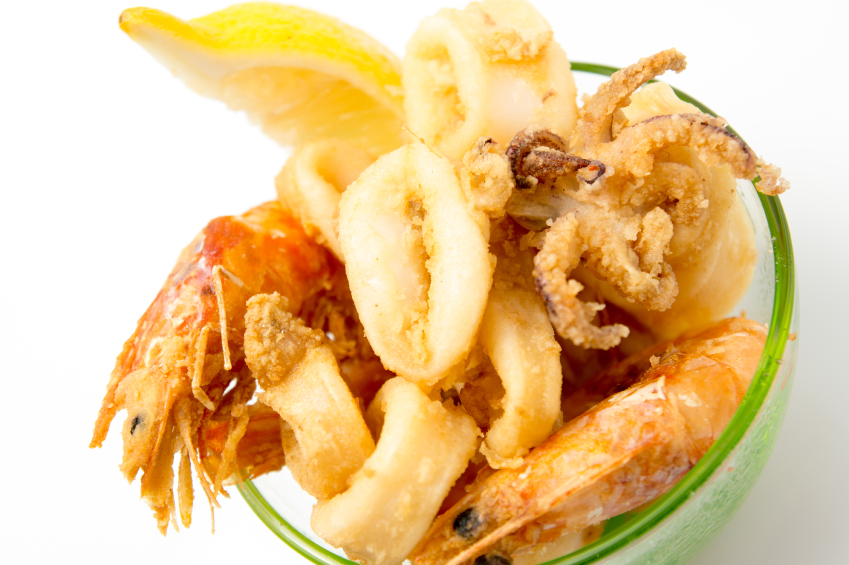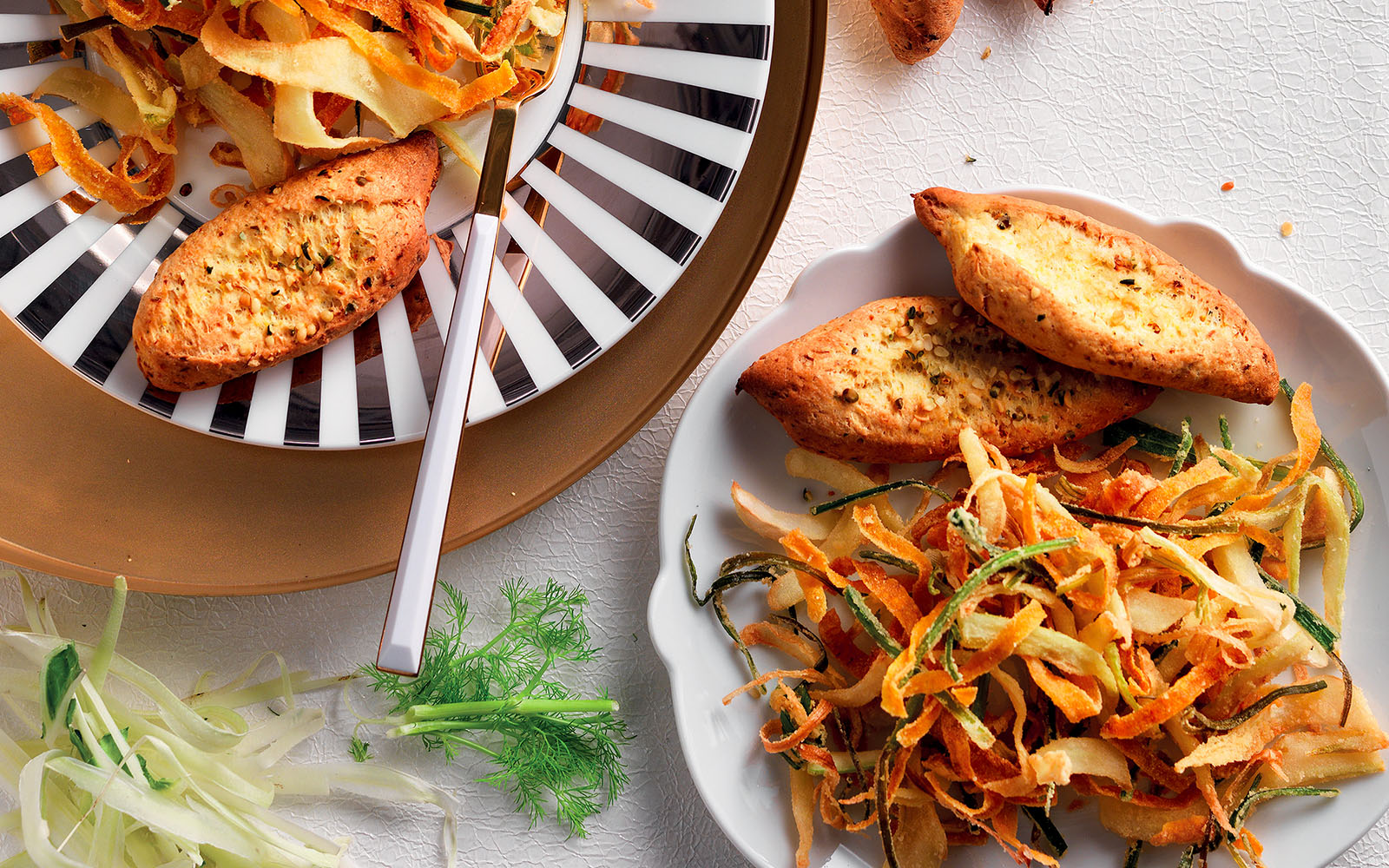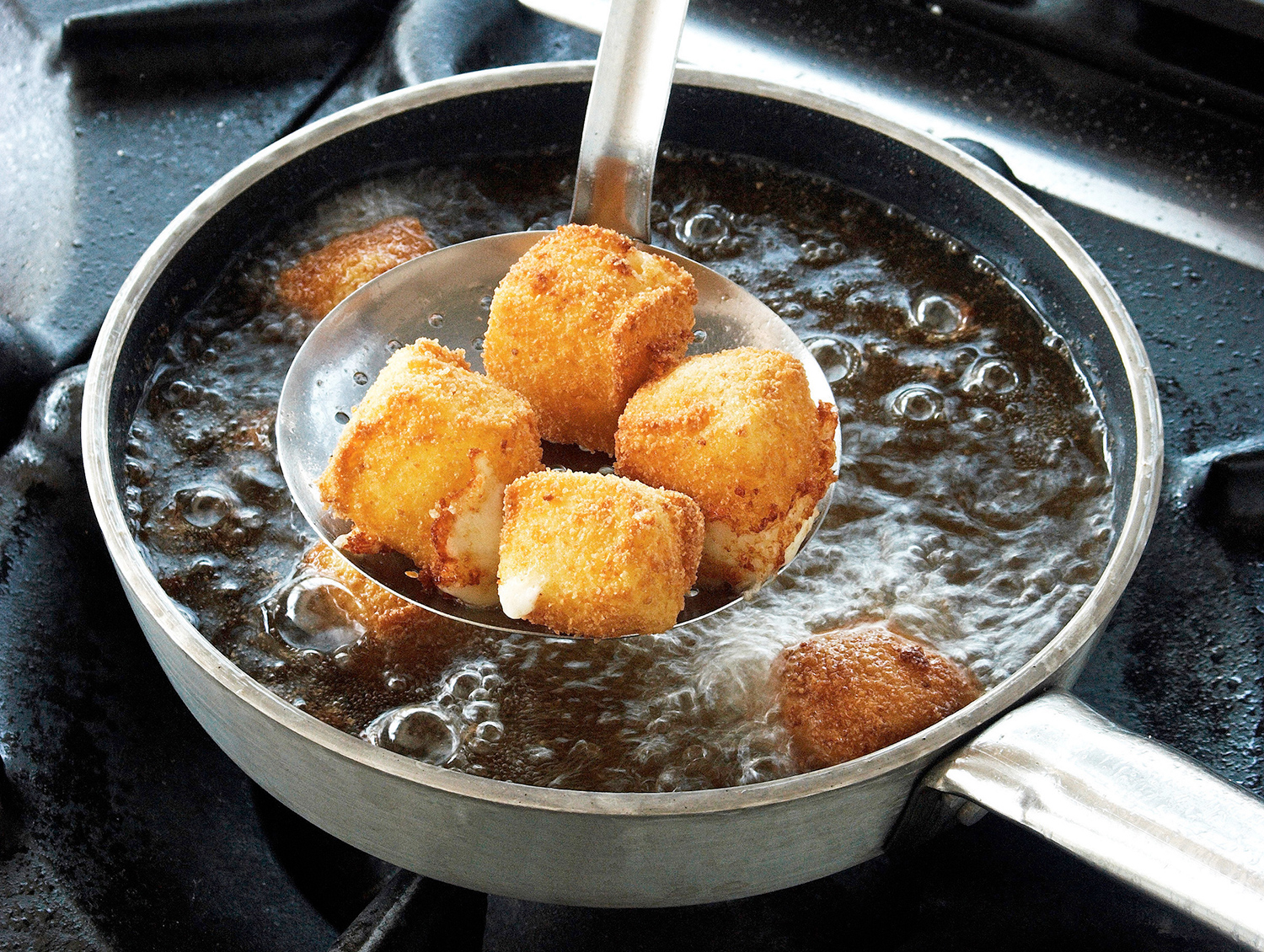Nobody can resist a good fry. To that crispy brown that encloses the aromas like a casket. But that hurts. Or better: it hurts if you eat too often. And if you don't follow some simple rules. Here they are
In front of a nice fried eyes light up, taste buds stir and stomach at any time and condition sends messages of wide availability. There is no doubt: frying on the table have something extra, which places them at the top of the preferences of children and adults. But they are not always light and digestible, to the point that the most intransigent nutritionists would want them completely banned from the menu. With some attention in the kitchen and a bit of moderation in consumption, it is not necessary to be so drastic.
But why are fried foods so good?
The secret is simple and it is all in the fact that, compared to cooking in water, frying takes place at much higher temperatures, above 160 ° C. High heat causes two important phenomena: it starts a series of chemical reactions that produce particularly tasty substances, and determines the formation of a superficial crust on the food that holds all the aromatic components inside, preventing it from escaping and dispersing.
Smoke point, red alarm!
Unfortunately, the fat used for cooking, which allows cooking at high temperature, determines the gastronomic merit of fried foods, is also the basis of their defects. First of all the oil residues absorbed by the food considerably increase the caloric intake: 1 gram of oil supplies 9 kcal. Secondly, the fats undergo profound changes with heating: at first, poorly digestible compounds (polymers) are formed which then, once the temperature at which the oil begins to smoke (the so-called "smoke point"), decompose in their fundamental constituents, developing an acrid and irritating substance (acrolein) which evaporates leaving in contact with food free fatty acids of which the potential harmfulness is ascertained.
The extra virgin olive oil beats everyone
Resistance to heat varies from one grease to another according to the chemical composition and the first thing to do to obtain a light fry is to focus on the fats that resist the most. Contrary to what many believe, the best choice is extra virgin olive oil: not only does it contain monounsaturated fats, more resistant, but it is also rich in antioxidant substances that protect the oil from the negative effects of heat. If the taste of extra virgin olive oil disturbs the palate, you can use the normal olive oil without any problems, possibly mixing it with peanut oil. Among all the seed oils, the peanut oil is the most similar in olive oil composition and the most resistant to heat. For some years now, some fats specially made for frying have been on the market. In reality, they are thought more with the mind of the gourmet than with a healthy attention: they allow to obtain crispy fried food but have a less healthy composition than olive oil.
Times and temperatures, a game of balance
The heat must never be such as to cause the fat to smoke: if a fried product is burned outside and raw inside, it means that the fat has been heated too much and this produces a violent dehydration of the food. Conversely, if the fried is not crunchy it means that the fat is too cold. Cooking times are also important and change for each food. Foods in their natural state must fry longer and at a temperature that is not very high to cook homogeneously. If instead they are previously breaded, the frying must be rapid and over high heat so that the breading can coagulate quickly without flaking.
Proteins and starches for guaranteed crispness
For a nice crust to form, we need the simultaneous presence of proteins and starches. For this reason in most cases the food must be prepared with a coating that contains starches (with particular exception for potatoes, which are naturally rich in starch). The coating can be a simple flouring (in the case of minnows, after having washed them in milk), while for vegetables and fruit you can resort to a kneading of eggs, flour and milk (or water), or you can make the typical breading (flour, then egg and breadcrumbs) for chops or larger fish. The coatings, however, must not be too abundant, they must adhere well to the food and the excess must be shaken away to prevent it from detaching and burning in the oil. But beware: even if prepared in the best way, a fried dish is still a fried dish: once a week it can enter the diet, but taking care not to take pictures Riccardo Lettieri. Illustration Karin Kellner / 2DM overdo the portions.
by Giorgio Donegani


